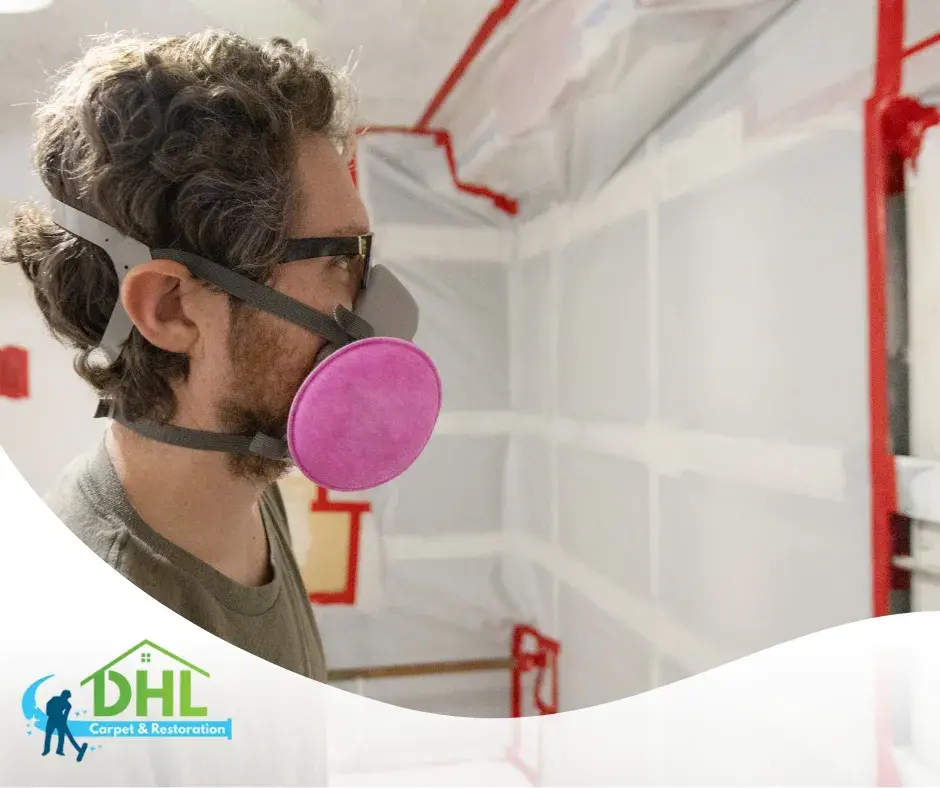Mold can develop quietly within the walls, ceilings, or floors of your home, often going unnoticed until the problem becomes serious. While mold spores exist naturally in the air, elevated levels indoors can trigger health problems and structural damage. Recognizing early signs is crucial for timely action. That’s where Mold Remediation becomes a necessary step—not just a precaution, but a vital solution to restore safety and comfort in your space.
Persistent Musty Odors That Don’t Go Away
One of the earliest and most telling indicators of mold is a strong, musty smell that lingers no matter how much you clean. This odor typically stems from hidden colonies growing behind walls, under carpets, or inside HVAC systems. These environments are ideal for mold to thrive undisturbed. If you’ve ruled out other sources and the smell persists, professional mold inspection and targeted treatment are essential.
Visible Mold Growth or Stains
Discoloration on walls, ceilings, or baseboards is more than just a cosmetic issue—it may signal active mold growth. Often appearing as green, black, or even white fuzzy patches, this visible sign should never be ignored. DIY cleaning may remove the surface appearance, but the root cause remains. Effective Mold Remediation includes complete removal of contaminated materials and air purification to prevent recurrence.
Increased Allergies or Respiratory Symptoms Indoors
If you or your family begin experiencing symptoms like coughing, sneezing, itchy eyes, or sinus congestion more frequently at home, indoor mold could be the culprit. Mold spores can easily enter the respiratory system and cause irritation, especially for those with asthma or weakened immune systems. Remediation helps reduce exposure, improve indoor air quality, and restore a healthier living environment.
Water Leaks, Flooding, or Humidity Issues
Homes that have suffered water damage—whether from leaks, broken pipes, or excess humidity—are particularly vulnerable to mold infestations. Even if the water has been cleaned up, residual moisture trapped in walls or flooring can fuel mold growth. If your property has a history of moisture problems, a thorough mold inspection followed by remediation is highly recommended to avoid long-term damage.
Learn More
Understanding the Mold Remediation Process: A Step-by-Step Guide
What is Mold Remediation and Why is it Essential for Your Home?

